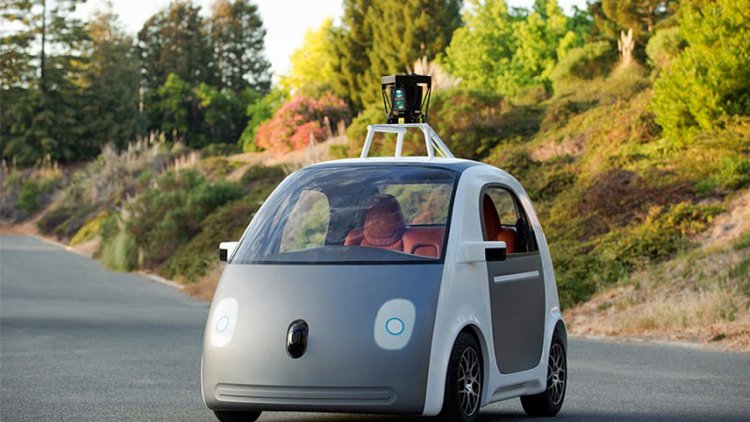Google Seeks Partner for Bringing Self-Driving Cars to Market

Google shared some details of that plan Tuesday. Company co-founder Sergey Brin said Google intends to partner with an existing manufacturer to bring self-driving cars to the market, and when they arrive, they may at least initially be focused on ride-sharing service more than ownership.
"We're really focused on working with partners," he said. "I expect to bring it to scale, more so partnering, including with top-tier OEMs."
Later, asked about whether he envisioned the technology arriving on the market as a service or as a vehicle, he said, "It remains open on how we're going to roll it out. In the near term, making it a service enables a lot of people to try it out. I think we're excited as we build and refine."
As company executives have honed that vision, they've already made some changes in approach that may transform the car from a concept toward an appliance, making it more market friendly. In the past, Chris Urmson, the director of Google's self-driving car project, has envisioned a vehicle that didn't include a steering wheel or brake pedals – unnecessary apparatuses in an autonomous environment.
Such a car may indeed come in the further-off future, but consumers have voiced apprehension about autonomobiles and early surveys show they want to retain some measure of control – even as data from the National Highway Traffic Safety Administration shows human error is responsible for 94 percent of all car crashes. Toward that end, Brin scuttled the idea of a car without a steering wheel, at least in the near term.
"We're also open to many ways of using this technology and, potentially in the future, not for what this prototype is built for, but a future where you can switch on and off the autonomous capabilities. That's an important use."
That sort of mixed-use car could bridge the gap between what traditional automakers highlight as the benefit of human driving in advertisements – the freedom of personal mobility and the thrill of the open road – with the soul-sucking monotony of traffic congestion and endless searching for parking spots. New safety technology already on the mainstream market, like adaptive cruise control and active lane assist, has provided building blocks for that transition.
Brin said he empathized with car enthusiasts who feared losing their driving passion to self-driving cars. For now, their worries may be overblown. "I think we need to see both of those worlds, and I think there's a future for both," he said. "I don't think we'll see no human driver any time soon."
Google says it has accrued about 1.2 million miles of testing of its autonomous-car fleet on public roads near its Mountain View, CA headquarters and, more recently, in Austin, TX. The latter location has helped software engineers hone the car's ability to detect subtle changes in the traffic environment. For example, traffic lights are vertical in Mountain View, but at some Austin intersections, the lights are horizontal. Engineers are also using reams of data to help the car nudge around construction cones – just like a human driver.


